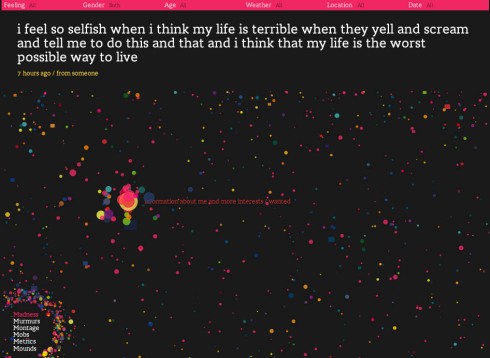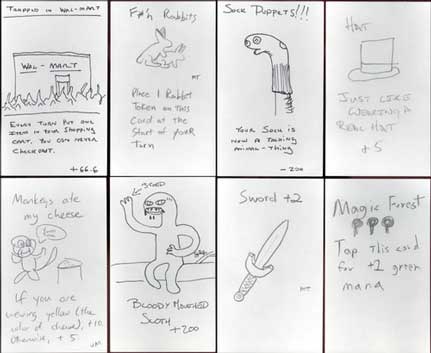This morning I came across this video
That is very cool! Microsoft products were always particularly hackable, and I’m happy that the Kinect is no exception. However, a hacked Kinect, capturing video in this way would not be able to single out a person from his/her background. For that, I think we’ll still need to use a green screen and chroma keying for alpha. But regardless — this means a lot for anyone looking to do some bad-ass installations. And be quick to do it first before people are the wiser! 😉
This also answers the other half of this informational video, the “does it work?” whereas Clan Of The Grey Wolf here at least offers a very thorough “how does it work?” for those curious.
Excited yet? 😀 Good. But slow down a hair. There’s a ton of holes in the color because there’s only one infrared camera. The effect (and pitfalls) you’d have to creatively work around are the same as those that occur in camera mapping.
Or you could embrace the holey goodness! having a device that spits out realtime 3D point clouds alone might be exciting enough!
Yeah? A video where you use a kinect, and a laptop and a giant infrared lamp so you could scan whole buildings would be amazing.
Or maybe something like this could be used for more practical applications since the color stream could be face-tracked just like the Kinect does in real games and someone could put together a cheap version of Paul Debevec’s 3d video conferencing thing via reprojecting the camera view on to each viewer’s screen.



















